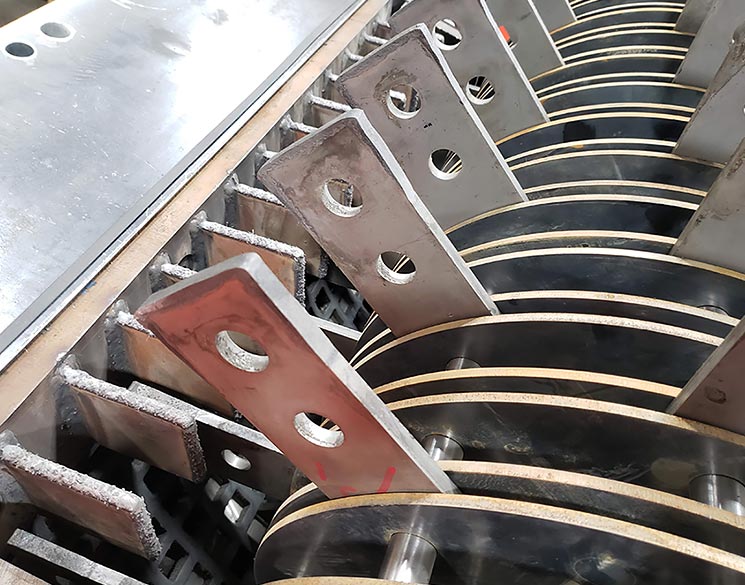In a multitude of industries, from agriculture to mining, Schutte Hammermill mills serve as indispensable workhorses, adept at crushing, grinding, and pulverizing materials to precise specifications. However, overtime, as these machines operate, wear and tear on their components can inevitably occur, leading to decreased efficiency and increased operational downtime. Essential to maintaining peak performance in a Schutte Hammermill is the regular replacement of its wear parts. Let’s delve into why this practice is critical and how it significantly enhances the lifespan and operational efficiency of your Schutte Hammermill.
Understanding Wear Dynamics
Schutte Hammermill mills function by utilizing hammers to strike, crush, or shred materials, resulting in wear on crucial components. Key wear parts in a Schutte Hammermill typically include:
Hammers: These pivotal elements endure substantial wear due to the high-impact nature of their operation.
Screens: Vital for controlling the final particle size of ground material, screens can suffer from clogging, damage, or wear over time.
Bearings: Essential for supporting rotating components, bearings are prone to deterioration, which can lead to diminished performance and potential machine damage.
Shafts: Responsible for maintaining structural integrity, shafts are susceptible to wear, potentially causing misalignment and reduced efficiency.
The Significance of Wear Parts Replacement
Enhanced Efficiency: Worn-out components can hamper throughput and escalate energy consumption. Replacing these parts can restore hammer mill’s efficiency and uphold productivity levels.
Consistent Product Quality: Worn hammers and screens may yield inconsistent particle sizes. By replacing these components, you ensure consistent product quality.
Downtime Mitigation: Regular wear part replacement can forestall unexpected breakdowns, minimizing downtime and production disruptions.
Financial Savings: Investing in wear part replacement proves cost-effective in the long term, with the expense of new parts typically being lower than the losses incurred due to decreased productivity and extensive repairs.
Safety and Longevity: Worn parts compromise both equipment safety and operator well-being. Replacement ensures continued safe operation while prolonging the mill’s lifespan.
Determining Replacement Timing
The timing of wear parts replacement varies based on factors such as material type, usage frequency, and maintenance protocols. However, inspection and monitoring for signs of wear—such as reduced capacity, diminished product quality, increased power consumption, and visible wear on hammers and screens—aid in determining when replacement is necessary.
In the realm of industrial processing, Schutte Hammermill mills stand as indispensable equipment, with wear part replacement being pivotal for maintaining peak performance. By prioritizing timely and regular maintenance, you can bolster efficiency, elevate product quality, minimize downtime, reduce costs, and uphold the longevity and safety of your hammer mill.
Proactive maintenance is often more cost-effective than reactive repairs or replacements. Making wear parts replacement a cornerstone of your maintenance regimen not only ensures smooth hammer mill operation but also contributes to the overall success of your industrial endeavors.

